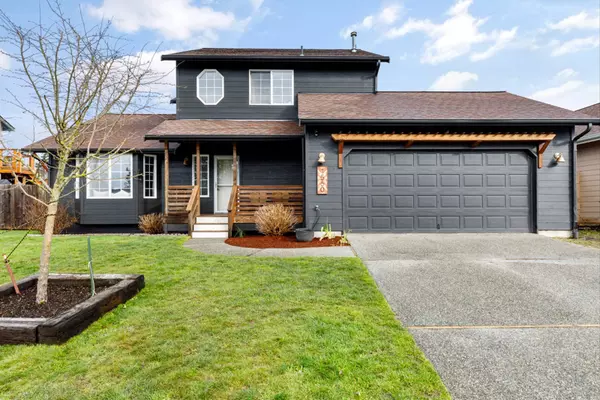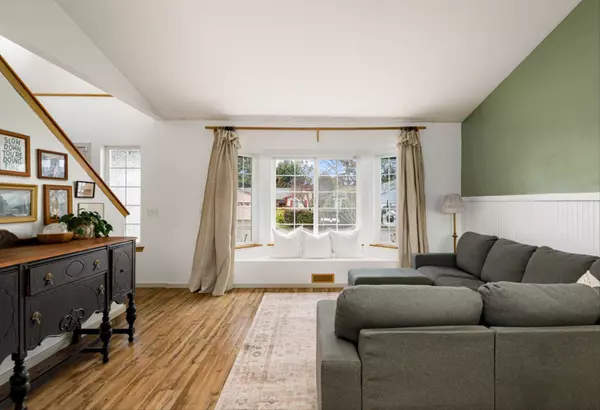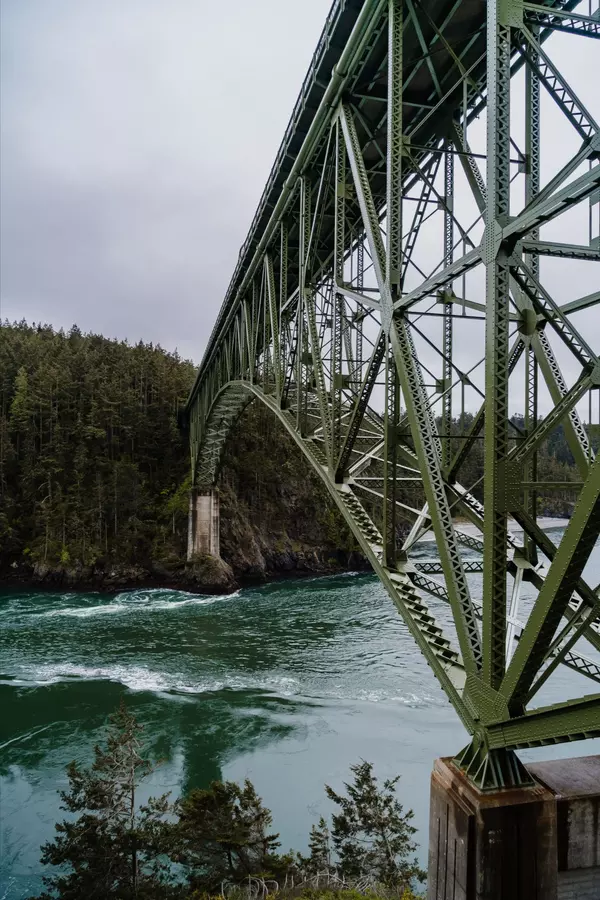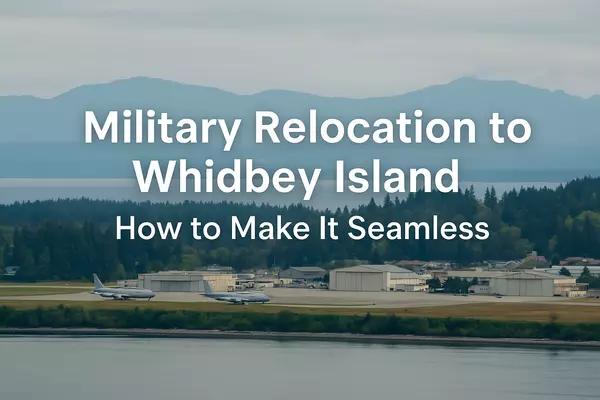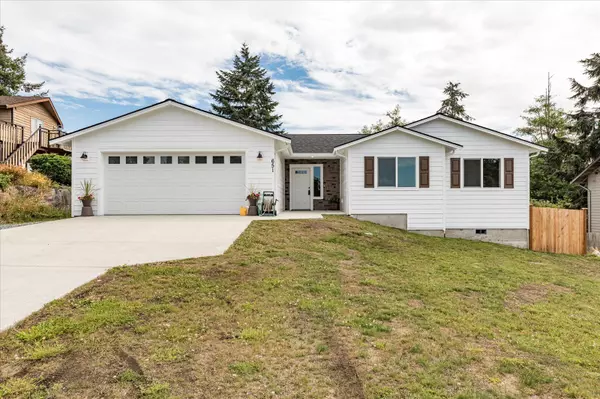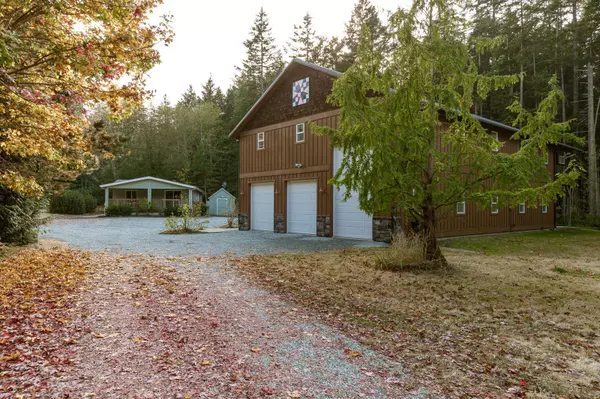Buying Land on Whidbey Island: What You Should Know
Question: What should you know before buying land on Whidbey Island so you can build confidently and avoid costly surprises?
Snippet Answer: Buying land on Whidbey Island offers incredible potential, like privacy, views, and the opportunity to create a home that fits your lifestyle. Understanding land-use rules, utilities, and location differences will help you move forward successfully.
Whidbey Island offers a unique opportunity for those dreaming of space, nature, and a slower pace of living. From tucked-away acreage to shoreline parcels, Whidbey Island land for sale appeals to buyers who want a custom build, investment, or recreational retreat. As local real estate professionals serving Whidbey Island, Oak Harbor, and Anacortes, we help buyers navigate the details that come with purchasing raw or developed land.
🔎 Know Your Purpose for the Property
Before you buy land on Whidbey Island, clarify your goals:
-
Build a full-time residence?
-
Create a vacation or short-term rental property?
-
Develop farmland, gardens, or recreational space?
-
Hold land long-term as an investment?
Different uses may trigger different zoning, permitting, and development requirements. For example, some agricultural and rural areas allow larger accessory buildings, while others have tighter restrictions.
🌊 Understand Location Differences
Whidbey Island stretches from Clinton in the south to Deception Pass in the north, and each area has its own character:
-
Oak Harbor: Closer to NAS Whidbey, shopping, and amenities
-
Coupeville & Central Island: Quiet, scenic, with historic coastal charm
-
Greenbank & Freeland: Acreage opportunities, forested privacy, filtered views
-
Langley & Clinton: Art-focused communities with easier ferry access to the mainland
Your lifestyle, commute, or access needs will help determine the best location for your future build.
💧 Water, Septic & Power Considerations
Unlike many in-city neighborhoods, some land parcels on Whidbey rely on:
-
Private wells or shared water systems
-
Septic systems instead of public sewer
-
Power access that may require extension or installation
Before purchasing, it’s important to review:
✔ Soil logs or past perk tests for septic feasibility
✔ Well production reports or water rights, where applicable
✔ Utility access quotes when power is not immediately available
These factors impact both budget and timeline, especially if you plan to build on Whidbey Island soon after purchase.
🗺️ Critical Due Diligence
When buying land, review:
-
Zoning and permitted uses
-
Critical areas (wetlands, shoreline buffers, drainage)
-
Road access and maintenance agreements
-
Survey boundaries or encroachments
-
Potential HOA or community rules
A feasibility contingency helps protect you while you gather information and obtain bids from local contractors, well drillers, septic designers, and surveyors. We add this to land offers to protect our buyer clients so they can do the full research to make sure it will work for them, and not lose their earnest money.
🏗️ Building on Whidbey Island
If you plan to build, connect early with:
-
A local builder familiar with island conditions
-
Island County planning & permitting resources
-
Lenders knowledgeable about land & construction loans (we have some favorites that we've personally worked with, and are happy to share their info!)
Preparation at the beginning can prevent project delays later.
Buying land on Whidbey Island is a powerful way to create a home that reflects your vision...whether it’s a tucked-away cabin, view-filled retreat, or full-time residence. With the right guidance, you can confidently move from dream to dirt to done.
Thinking about purchasing land on Whidbey Island? Schedule a consultation with Jeff & Kara Vallejo, Real Estate Agents with Real Broker LLC, for guidance through zoning, feasibility, and the best land opportunities on the island.
Learn more HERE!
Categories
Recent Posts

